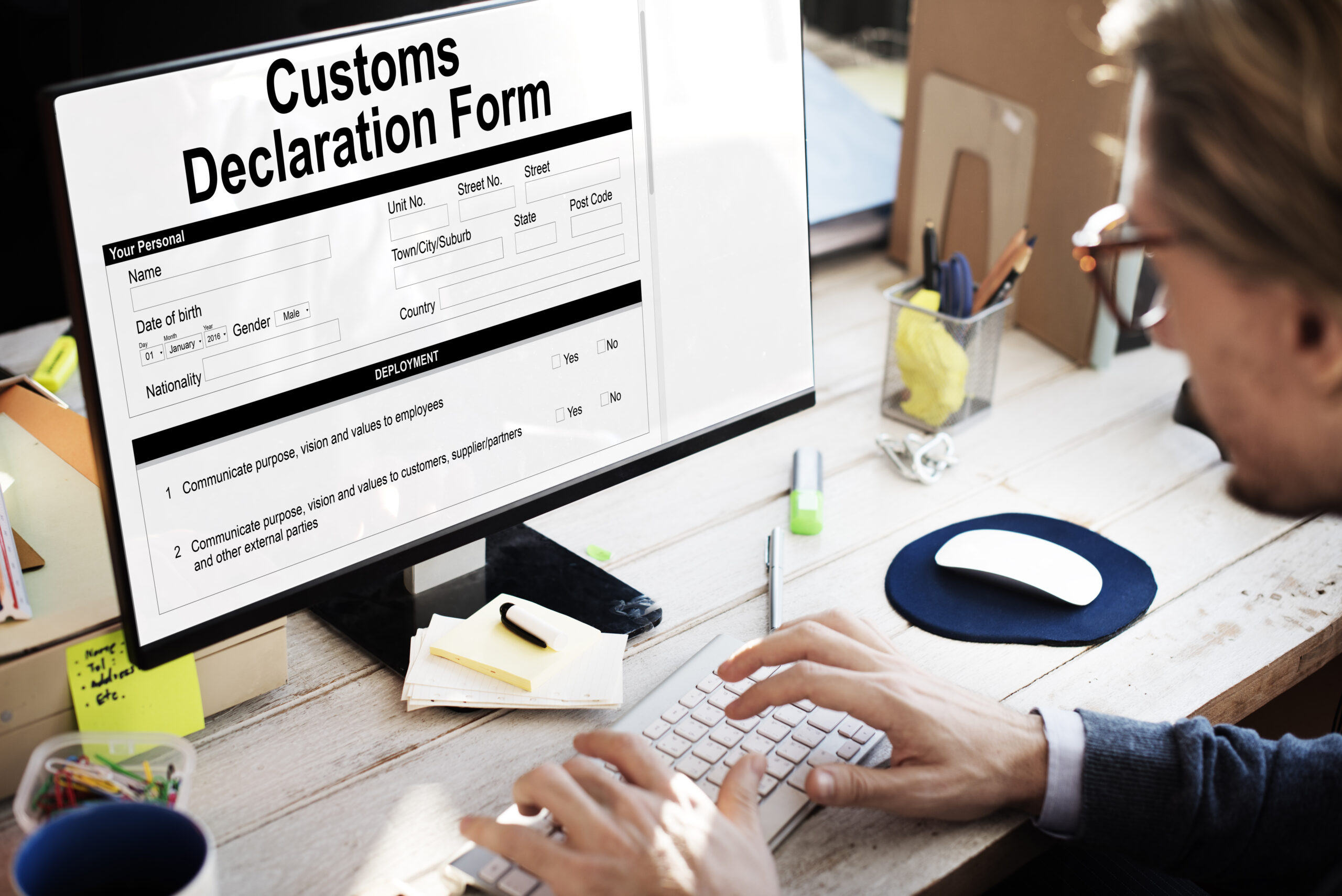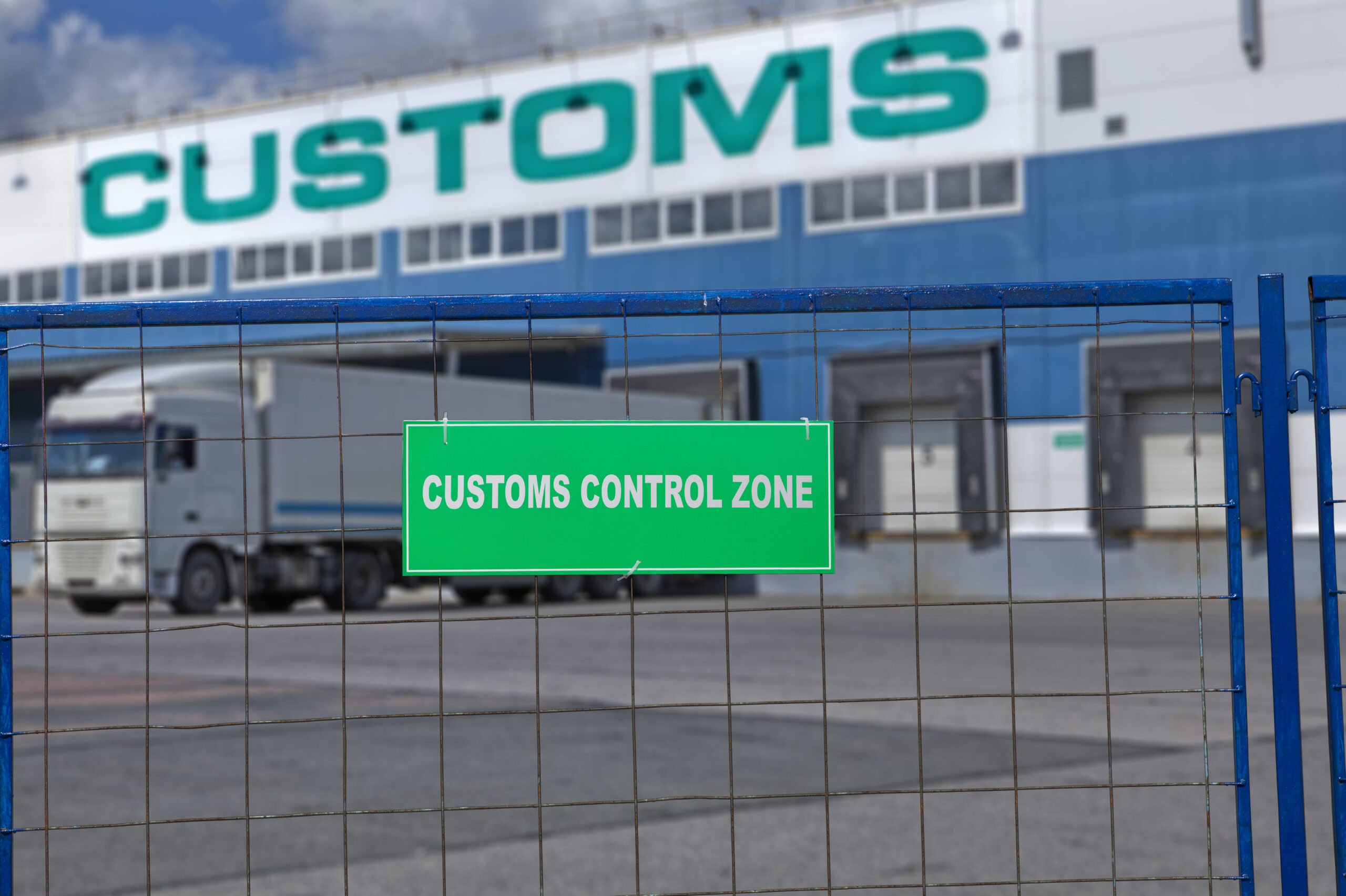The T1 document, also known as a transit document, is a key element in international trade, facilitating the movement of goods across borders with minimal customs intervention. Issued for non-European Union (EU) countries, the T1 ensures that goods can move seamlessly through multiple customs territories without the need for immediate payment of duties and taxes. This document provides a crucial link in the logistics chain, promoting efficient and cost-effective cross-border trade by simplifying customs procedures and reducing delays.
Intrastat (EU): Stay compliant with Intrastat reporting requirements within the EU. Our services cover the intricacies of Intrastat declarations.







